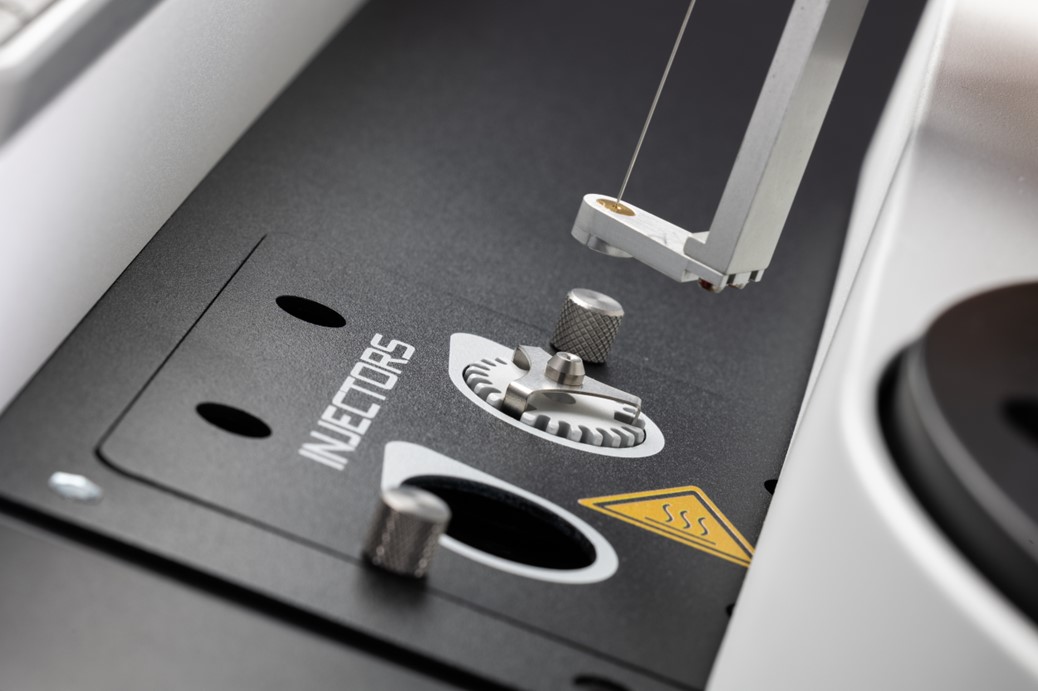A Guide to Analytical Method Development
Why is analytical method development important?
Analytical method development is important across many different industries including, pharmaceutical, environmental, food and chemical manufacturing. Method development aims to ensure that the analytical assays used are accurate, precise and reliable.
How do we develop a method?
The most important part of developing a method is understanding your sample, we need to consider both the sample composition and its properties.
Considering the matrix, concentration, quantity and chemical/physical properties is a must before we can begin defining the method parameters.
Once we are ready to begin defining the method parameters we should next consider the goals of our analysis; why are we analysing the sample? For example, are we looking to define how much of the compound is present, characterize the sample, or to detect whether the compound is present?
Next, we need to determine the analysis requirements which involves determining what mode of chromatography is required, the detector that will be used, how we are going to quantify our data (e.g. use of an internal standard) as well as defining the levels of accuracy and precision that are required.
Screening
The first step in method development is getting good separation between the components in our sample. We can do this by using a suitable reference standard to determine the correct column and method parameters required. By understanding our analyte this often time consuming step can be cut down as we can limit our test to specific columns that may be suitable for our analyte.
Sample preparation
After we have determined a suitable instrument method we can begin to optimize sample preparation. This may involve, converting solid samples into liquid form, removing interferences and concentrating or diluting the sample. See our website for our guide on sample preparation for more information.
Optimization of method parameters
After initial testing we can begin to optimize our method parameters in order to shorten method run time while still maintaining good separation.
It is important to ensure that the system is suitably sensitive for the result you are trying to obtain, this can be checked by running a standard at the desired limit of quantification (LOQ). If the desired LOQ is not able to be reached you should consider changing the sampler preparation, analytical column or even the instrument type. For example, headspace analysis can help improve detection limits compared to standard liquid injection when combined with a Flame Ionization Detector (FID).
There are many factors to take into consideration when developing a method. For each type of instrument used there are different ways of optimising separation and selectivity, for example in gas chromatography, optimization of the oven ramp can help improve the separation of compounds.
For gas chromatography (GC) the correct liner choice is also important, see our GC liner guide for more information.
Robustness
Method robustness is the determination of how well small changes to the method will impact the quality of the data. Method robustness is usually evaluated during the late stages of method development and measures the reliability of the method.

